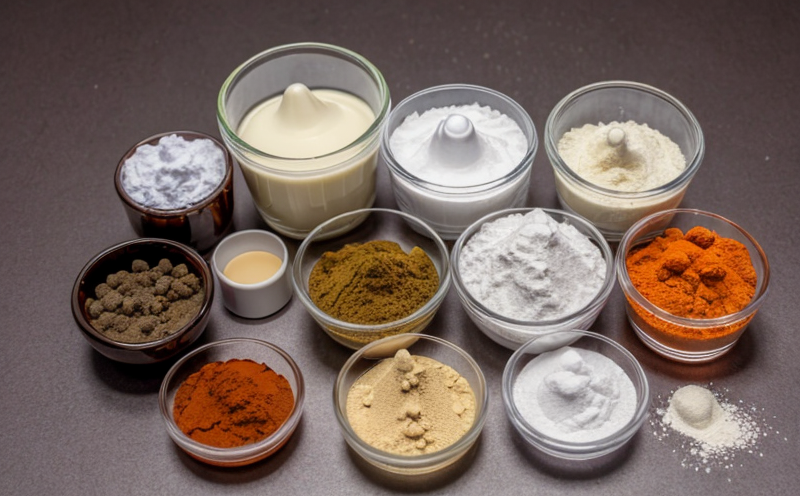Reducing Sugar Content Testing
In the pharmaceutical sector, excipients and formulation ingredients play a crucial role in ensuring product quality, safety, and efficacy. Reducing sugar content testing is an essential step to ensure that these components meet regulatory standards and do not adversely affect the final product's stability or patient health.
The primary goal of this test is to measure the reducing sugars present within excipients and formulation ingredients. This measurement helps in determining if there are any potential sources of contamination, such as glucose or fructose, which could lead to issues like crystallization, fermentation, or microbial growth during storage or production.
Reduction reactions involving aldehyde or ketone groups characterize reducing sugars. These sugars react with certain reagents under specific conditions, producing a color change that can be measured quantitatively. The test method typically involves the use of a reagent like Fehling's solution or Benedict's solution.
The testing process usually starts with sample preparation to ensure accurate and reproducible results. This might include drying the sample at 105°C for 2 hours, grinding it to pass through an appropriate sieve size (e.g., 85 μm), and then accurately weighing a specified amount of the powdered excipient.
The sample is then dissolved in distilled water or buffer solution according to the test method. The reagent is added, and heating is applied under controlled conditions until the reaction reaches completion. During this period, one should observe any color changes that indicate reducing sugar presence.
For accurate quantification, the absorbance of the resulting solution can be measured spectrophotometrically at a specific wavelength (typically 620-630 nm). The absorbance is then compared against calibration standards prepared under identical conditions to determine the exact concentration of reducing sugars in the excipient.
The results are reported as milligrams per gram (mg/g) based on the initial weight of the sample. Compliance with regulatory limits requires that the reducing sugar content does not exceed a specified threshold, usually set by agencies like FDA or WHO depending upon the specific application within pharmaceutical products.
Applied Standards
| Standard | Description |
|---|---|
| ASTM E2396-15 | American Society for Testing and Materials standard method for determining reducing sugar content in pharmaceutical excipients. |
| ISO 4877:2010 | International Organization for Standardization guideline for analysis of carbohydrates by colorimetric methods. |
| ICH Q3D(R1) | Institute for Chemistry and Health guideline ensuring quality attributes in drug substances, including reducing sugar limits. |
Eurolab Advantages
At Eurolab, we offer comprehensive testing services tailored to the pharmaceutical industry. Our specialized laboratory facilities and experienced technical staff ensure that every sample receives meticulous attention.
- ISO 17025 accreditation guaranteeing our competence in performing testing according to international standards.
- A range of advanced analytical instruments, including high-performance liquid chromatography (HPLC) and spectrophotometers, ensuring precision and accuracy.
- Compliance with current regulatory requirements, providing you with reliable data that meets global standards.
Why Choose This Test
Conducting reducing sugar content tests on excipients and formulation ingredients is vital for ensuring product integrity. Here are some reasons why choosing this test makes sense:
- It helps in maintaining consistent quality across batches.
- Avoids potential contamination that could lead to product instability or spoilage.
- Ensures compliance with pharmaceutical regulations and guidelines.
- Facilitates better understanding of how excipients interact with active pharmaceutical ingredients (API).





